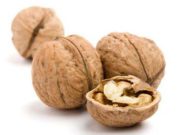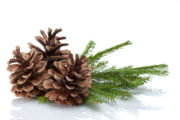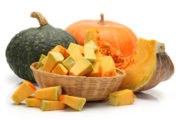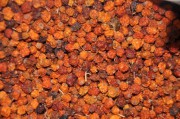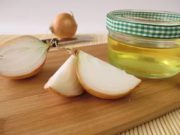How to dry nuts correctly
Walnuts are widely used in cooking and are not something exotic. However, many are faced with the fact that the nuts they put in storage turn black, dry out and become moldy. In principle, with any drying there is a certain percentage of defects, but this percentage can be reduced and losses minimized.
Harvesting and drying walnuts
Proper preparation of nuts begins with the collection of nuts. Collect those fruits in which the green peel has already fallen off, or peel it yourself by cutting it off with a sharp knife.
You cannot peel (remove kernels from the shell) nuts that have just fallen; they need time to dry in their shell at a natural temperature.
If you have space in the attic or on the veranda, scatter the nuts in one layer and let them dry on their own for a month or two.
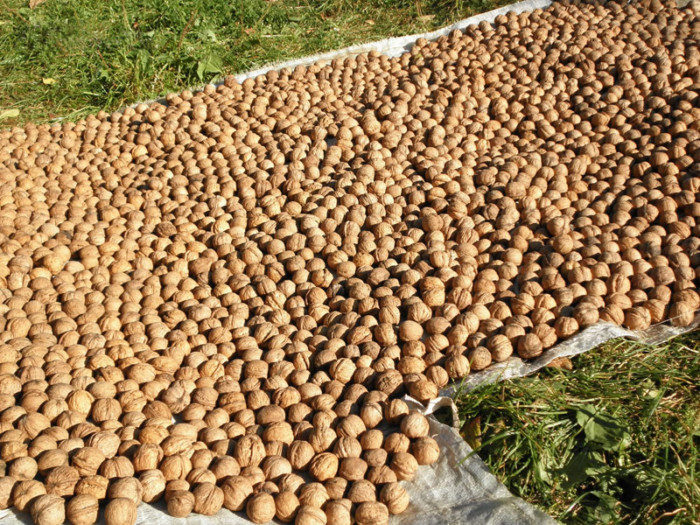
If you peel walnuts immediately, you will get this sad picture. They will wrinkle and darken, and it won't look appetizing at all.
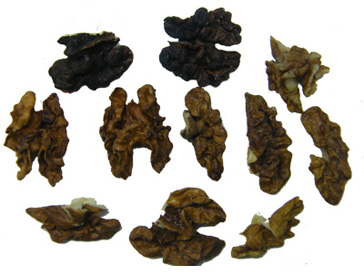
Ideally, it is best to store nuts in their shells and only peel the amount you need at the time.
And yet, if you have extra time, you can prepare peeled walnuts for future use.
Peel the nuts from the shell, immediately discard the black and rotten ones, and spread the rest on a baking sheet in a not too thick layer.
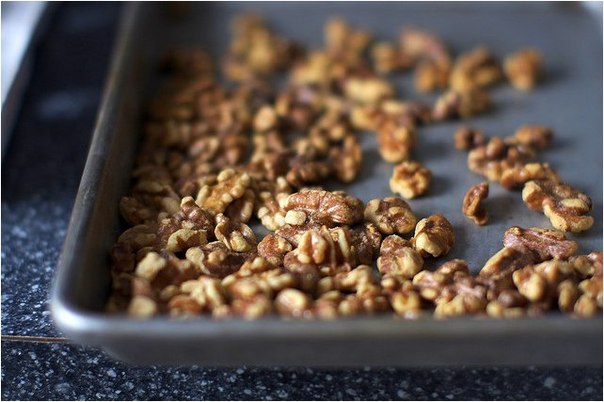
It’s better to take your time and turn on the oven at 90 degrees so that the nuts don’t burn. Place the baking sheet in the oven, and with the door slightly open, dry the nuts for 2 hours.Stir the nuts from time to time and check the degree of dryness by ear.
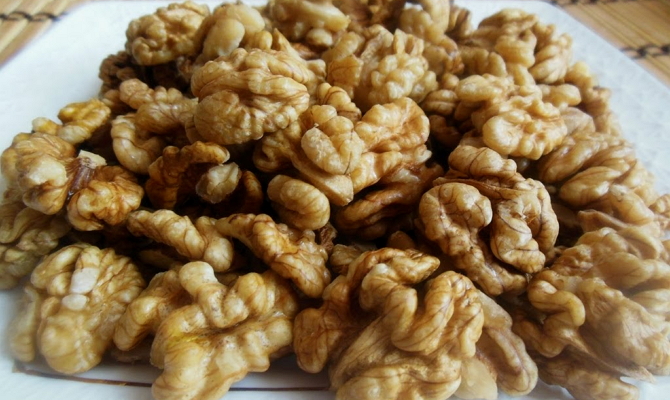
When stirred, dry nuts sound loud and their skin begins to peel off.
It is better to store peeled, dried nuts in linen bags or cardboard boxes.
How to properly dry nuts, watch the video:

